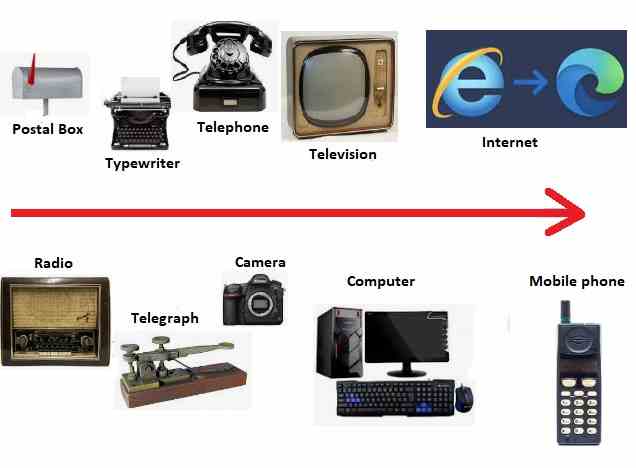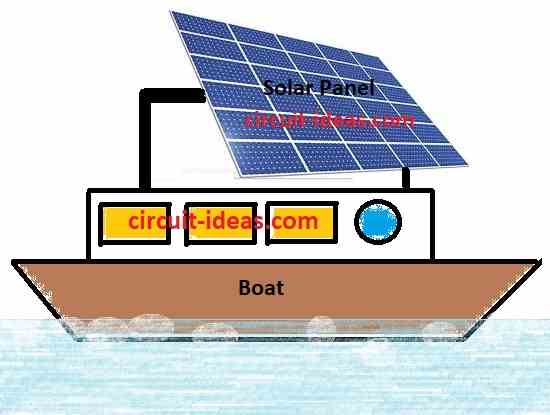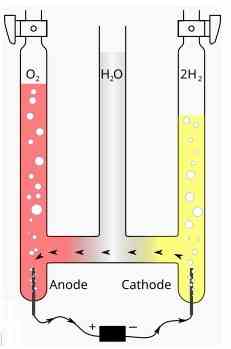If we do not know free energy then read this small tutorial first for Why Free Energy Concepts can be a Reality!
Now we start fresh.
Old people had no computer, TV or airplane so we think they not so smart like us today.

Science was slow before so there were no new things like now.
But people were still smart.
Long ago there were no tools or internet but still one man named Eratosthenes found Earths size using shadows and wells 800 km apart.
We may know Pythagoras and his math are still used to build houses.
Archimedes also found why things float to over 2000 years ago.
So were old people less smart? No.
This shows science helps us do big things we never thought before.
In 1900 there were no TV, no radio, no planes.
People read books, magazines and also asked their teachers.
Horses were fastest transport and cars were very rare.
50 years ago scientists made tools by hand.
Used metals and glasses but there were no computers or ready tools like now.
Important thing is that science makes impossible things possible.
We should not think we know everything.
Todays “impossible” may be possible tomorrow.
But schools and colleges teach old science. Why?
Some people do not want change because they make money from old ways.
But internet makes hiding truth hard now.
Why they do not want we to know?
Electricity is not always a need of burning fuel.
Sounds crazy? Think like this:
A boat full of solar panels which charges batteries from sun.

Boat runs with electric motors from charged batteries.
If batteries are big the boat can move all night after sunny day as long as sun keeps rising.
Even ocean trip is possible this way and guess what? No fuel is burned at all.
Most people think we must burn fuel to make electricity but that is wrong.
Why we think this? Because big fuel companies block other ways and they make big money from fuel.
Time to stop the lies we heard for years.
Now lets talk about electrolysis.

Electric current splits water into two gases: Hydrogen and Oxygen.
Michael Faraday found the best way to do this.
Science agrees with him.
But there is a problem some scientists ignore.
An American inventor Bob Boyce made an electrolyser that works 12 times better than Faradays best result.

Old school scientists don’t like this but it does not break energy rules or Faradays work.
Bobs system does not just use electricity from power source but it also pulls energy from around like the environment.
That’ is why his electrolyser makes much more gas than Faradays limit.
Main energy comes from outside, not just from wires.

Long ago people could not measure electric current.
Same now we can not measure ambient energy well.
Bobs electrolyser can make up to 100 liters of gas per minute which is enough to run small engines.
It looks like car runs on water but real power comes from energy in the air around.
Bobs tech uses energy from environment which is not just gas like steam engine uses heat from coal.
Conclusion:
Free energy ideas give hope for clean and endless power without normal fuel.
Thanks to new science like physics, materials and energy tech, as these ideas now come closer to real life which is not just science fiction.
Quantum studies and zero point energy also start to show good signs.
But to make it real we need strong testing, proof and also fix big techniques and legal problems.
Still even with hard road ahead progress shows people are smart and always are looking for better and green energy.
Leave a Reply